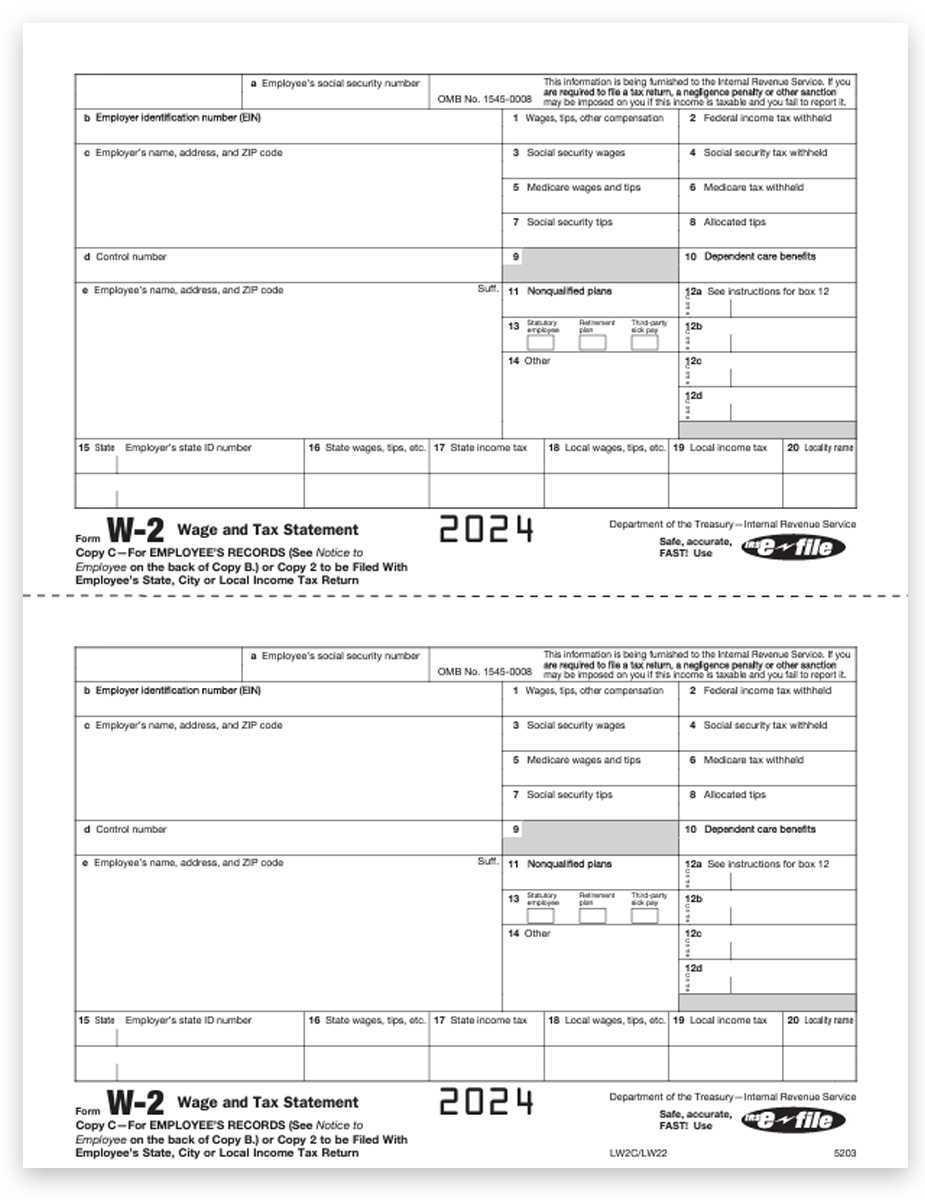
Effective Methods for Finding Vertical Asymptotes
Understanding vertical asymptotes is crucial in calculus and algebra, especially when analyzing rational functions. A vertical asymptote indicates an input value at which a function becomes unbounded, providing insights into the graph's behavior. Finding vertical asymptotes effectively enables smoother graphing and an improved grasp of function characteristics.
In this article, we will delve into various methods for identifying vertical asymptotes, including definitions, techniques, and practical examples. Whether you're a student or a passionate learner, mastering these concepts can greatly enhance your mathematical agility.
We will explore the definition of vertical asymptotes, discuss their significance, and detail steps on how to find them through limits and algebraic methods. By the end, you will be equipped with the knowledge necessary to tackle vertical asymptotes with confidence.
Key takeaways: Understanding vertical asymptotes enhances comprehension of function behavior, provides clarity in graphing, and aids in calculus concepts.
Understanding Vertical Asymptotes: Definition and Importance
Vertical asymptotes represent values of the independent variable where a function approaches infinity or negative infinity, indicating that the function is undefined at those points. These asymptotes are essential in function analysis, especially for rational functions where the denominator equals zero.
When investigating the behavior of a function near a vertical asymptote, we observe that as values approach the asymptote, the function either skyrockets upwards or plummets downwards. This characteristic is referred to as asymptotic behavior. The vertical line test can always identify vertical asymptotes in function graphs, ensuring you can ascertain their presence through visual analysis.
One common misconception is that vertical asymptotes only occur in rational functions. While these functions frequently host such behavior, vertical asymptotes can also arise in composite functions. A thorough understanding of vertical asymptotes aids in the effective sketching of graphs and accurately predicting function behavior near discontinuities.
This naturally leads us to how to identify vertical asymptotes in practical terms, using algebraic and graphical methods.
Finding Vertical Asymptotes Through Algebraic Methods
To calculate vertical asymptotes algebraically, one must typically focus on finding values that cause the denominator of rational functions to equal zero. The steps for this method are relatively straightforward and vital for understanding vertical asymptotes in calculus.
1. **Identify the Rational Function**: Begin by selecting the rational function you wish to analyze.
2. **Set the Denominator Equal to Zero**: Solve for values of the variable that cause the denominator to equal zero. These values indicate potential vertical asymptotes.
3. **Check for Removable Discontinuities**: If these values also cause the numerator to equal zero, the asymptote may be removable, leading to a hole in the graph instead.
For example, consider the rational function f(x) = (2x)/(x^2 - 4). Setting the denominator equal to zero, we find x^2 - 4 = 0, which factors to (x-2)(x+2). Thus, potential vertical asymptotes occur at x = 2 and x = -2.
With these basics established, let’s explore using limits to confirm the presence of vertical asymptotes.
Using Limits to Confirm Vertical Asymptotes
After pinpointing the values that might give rise to vertical asymptotes, limits become powerful tools for confirming their presence. The primary approach is to evaluate the function's limits as it approaches the suspected vertical asymptote.
For example, continuing from our previous function f(x) = (2x)/(x^2 - 4), we examine limits as x approaches 2:
1. **Evaluate the Limit**: Calculate lim (x → 2) of f(x). If the value approaches infinity or negative infinity, then x = 2 is a vertical asymptote.
2. **Repeat for Other Suspect Values**: Check x = -2 similarly.
This helps confirm our findings from the algebraic approach. For the function at hand, both limits show tendencies towards infinity. Thus, vertical asymptotes are indeed present at these locations.
This brings us to the concepts surrounding vertical asymptotes in graphs and their characteristics.
Graphing Vertical Asymptotes
Graphically depicting vertical asymptotes enhances comprehension of function behavior. When graphing, vertical asymptotes can drastically shape how the overall graph looks. Here are some key techniques for effectively visualizing vertical asymptotes:
1. **Plotting the Vertical Lines**: Clearly indicate the vertical line on the graph where the asymptotes occur. This assists in determining the function’s range and behavior near these analytical points.
2. **Sketching Behavior**: Utilize the understanding of limits to sketch how the graph behaves as it approaches these lines. Do the values tend towards positive or negative infinity?
3. **Using Graphing Tools**: Employ interactive graphing tools or calculators to aid in visualizing these characteristics. They can illustrate the asymptotic behavior dynamically and provide a clearer understanding of their role.
4. **Practice Problems**: Engaging with practice problems can solidify your ability to accurately graph and identify vertical asymptotes.

Common Misconceptions About Vertical Asymptotes
Many misunderstandings can arise surrounding vertical asymptotes. Common misconceptions include the idea that vertical asymptotes can exist in functions with no discontinuities, or that they always imply a definitive cutoff in function behavior.
1. **Vertical Asymptotes and Continuous Functions**: A function can be continuous and still have vertical asymptotes due to its domain exclusions. For example, functions with removable discontinuities at vertical asymptotes may have values filled in but still present asymptotic behavior.
2. **Misidentifying Horizontal as Vertical**: Some learners misinterpret horizontal asymptotes as vertical. Remember, vertical asymptotes occur where a function is undefined, while horizontal ones relate to the function's end behavior at infinity.
3. **Ignoring Polynomial Vertical Asymptotes**: Polynomial functions often exhibit asymptotic behavior too, especially when considering limits of rational expressions that arise from polynomial divisions.
Understanding these misconceptions creates a strong foundation for approaching vertical asymptotic behavior and enhances your analytical skills.
Applications and Importance of Vertical Asymptotes
Vertical asymptotes have significant implications in mathematical modeling and real-world applications, especially in fields such as physics, engineering, and economics. The importance of identifying these asymptotes cannot be overstated.
1. **Engineering Design**: Asymptotes play a crucial role in designing systems where limits must be understood, such as in calculating load capacities or stress points.
2. **Economic Analysis**: Models representing cost or revenue can present vertical asymptotes where certain thresholds or market conditions lead to unbounded outcomes.
3. **Physics Applications**: When modeling systems with constraints or barriers, recognizing vertical asymptotes improves predictions of behavior under various circumstances.
4. **Understanding Limits Graphically**: Verticals provide insight into function continuity and help predict behavior across different disciplines.

Q&A Section on Vertical Asymptotes
Q: What is the quickest way to find vertical asymptotes?
A: The quickest method is to set the denominator of a rational function equal to zero and solve for the variable. Verify using limits to confirm behavior near those values.
Q: Can vertical asymptotes exist in functions that are not rational?
A: Yes, vertical asymptotes can arise in any function where limits result in infinity or undefined behavior, including certain composite functions.
Q: How do I graph vertical asymptotes accurately?
A: Clearly mark vertical lines representing asymptotes on your graph, ensuring to sketch the function's behavior as it approaches these lines, indicating whether it trends toward positive or negative infinity.
Q: Are there any special rules for vertical asymptotes in polynomials?
A: Yes, polynomials can exhibit vertical asymptotic behavior particularly when looking at rational expressions formed during polynomial long division or limits.
Q: How can I practice vertical asymptotes effectively?
A: Engage with practice problems that require identifying vertical asymptotes in various functions and utilize graphing calculators to visualize the outcomes actively.